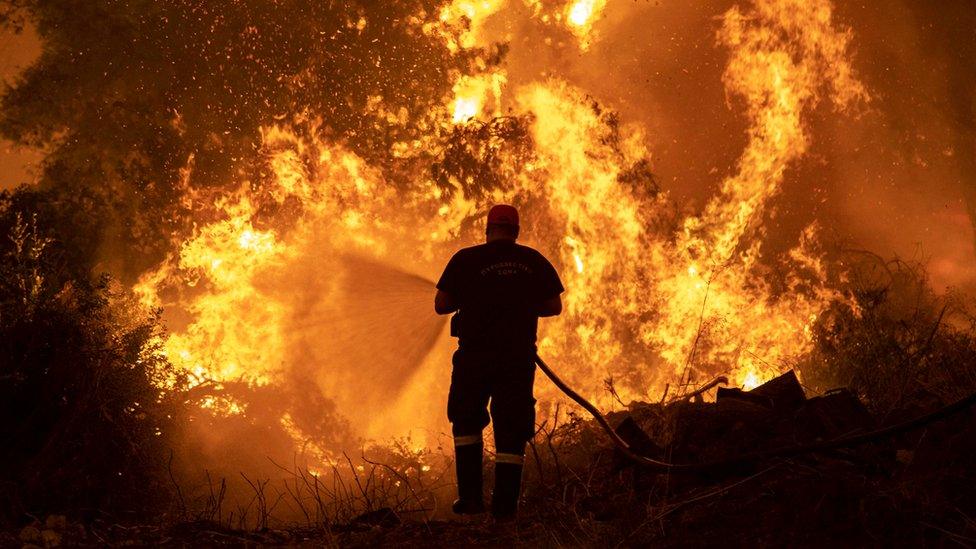Climate change: One billion children at 'extremely high risk', says Unicef
- Published
- comments
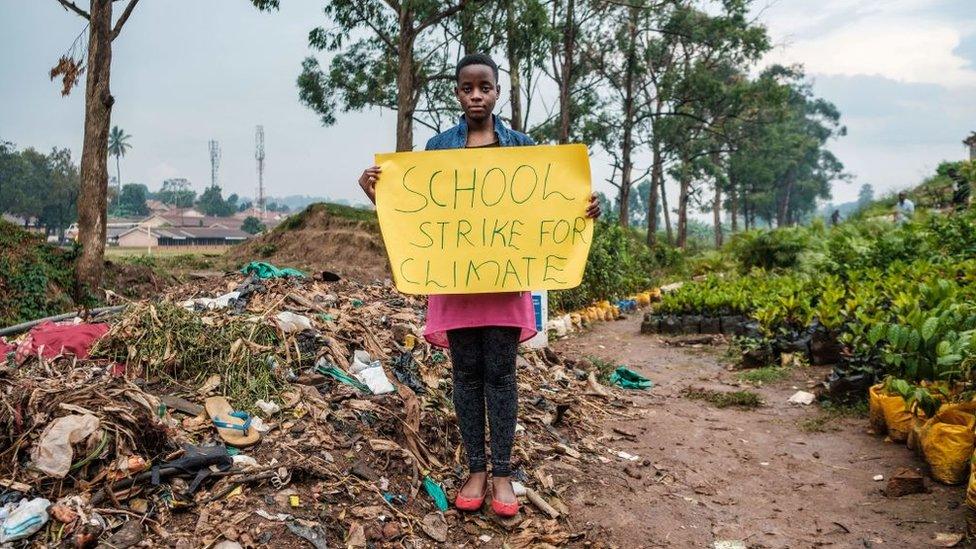
School strikes spread across the world - Leah is a 15 year-old climate activist in Uganda
One billion children across the globe are at "extremely high risk" of the impacts of climate change, according to new research.
The report by the charity Unicef also found that young people living in the Central African Republic, Chad, and Nigeria are among the most at risk.
It's been launched in collaboration with Fridays for Future - the global school strike movement - to mark its three year anniversary.
So what does the research say and what does that mean for kids around the world?
How is this research unique?
For the first time, Unicef has been looking at the risks of climate change from a child's perspective.
It's come up with its first child-focused climate risk index. It basically ranks countries based on children's exposure to climate and environmental hazards, such as heatwaves and cyclones, as well as their vulnerability to them based on whether or not they have access to essential services.
For the first time, we have a complete picture of where and how children are vulnerable to climate change...Virtually no child's life will be unaffected.
Henrietta Fore, Unicef Executive Director, said: "Climate and environmental shocks are undermining the complete spectrum of children's rights, from access to clean air, food and safe water; to education, housing, freedom from exploitation, and even their right to survive. Virtually no child's life will be unaffected."
What does the research say?
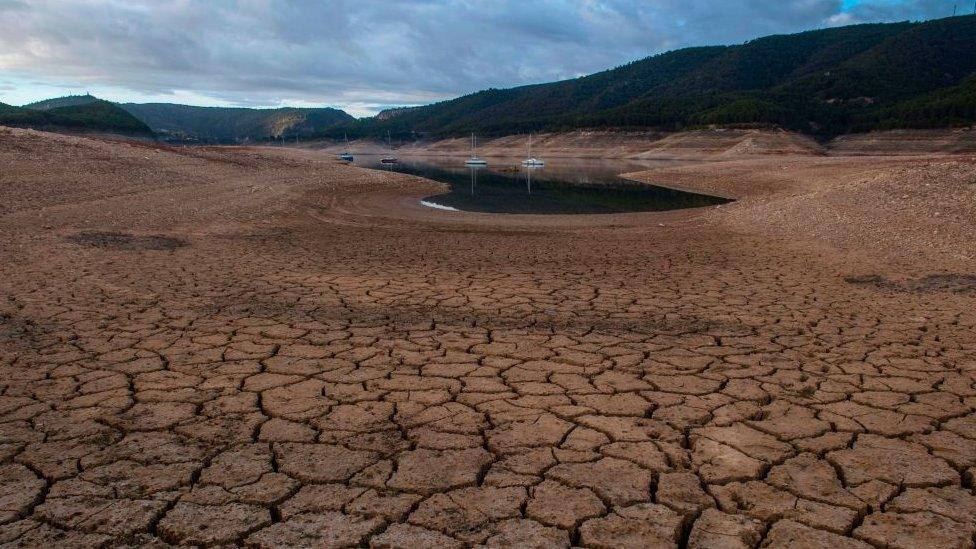
The report's findings suggest approximately 1 billion children live in one of 33 countries classified as "extremely high-risk" - that's nearly half the world's 2.2 billion children.
These children are particularly vulnerable because not only do they face multiple issues caused by climate change, they also have limited access to essential things which might help them cope, such as healthcare, education, water and sanitation.
The charity also highlights that its research reflects the number of children affected right now and warns the figures are likely to get worse as the effects of climate change grow.
240 million children are highly exposed to coastal flooding
330 million children are highly exposed to river flooding
400 million children are highly exposed to cyclones
600 million children are highly exposed to vector borne diseases (those which spread through ticks and bites)
815 million children are highly exposed to lead pollution
820 million children are highly exposed to heatwaves
920 million children are highly exposed to water scarcity
1 billion children are are highly exposed to exceedingly high levels of air pollution
The report shows that nearly every child on the planet is at risk from at least one of these climate and environmental hazards, for example heatwaves, air pollution, water shortages and flooding.
However, the data reveals that the worst-affected countries face more than one of these issues. An estimated 850 million children - 1 in 3 worldwide - live in areas where at least four overlap.
As many as 330 million children - 1 in 7 worldwide - live in areas affected by at least five of them.
I actually started my activities at an early age thinking about the rights of the children in my village... Environmental disasters like floods, cyclones and droughts threaten the lives and futures of over 90 million Bangladeshi children.
The research also highlighted how unfair the impact of climate change can be, showing the gap between where greenhouse gas emissions are created and where children will see the biggest impacts.
The 33 'extremely high-risk' countries collectively emit only 9 per cent of global CO2 emissions.
However, while the 10 highest emitting countries collectively account for nearly 70 per cent of global emissions, only one of them is ranked as 'extremely high-risk' in the index.
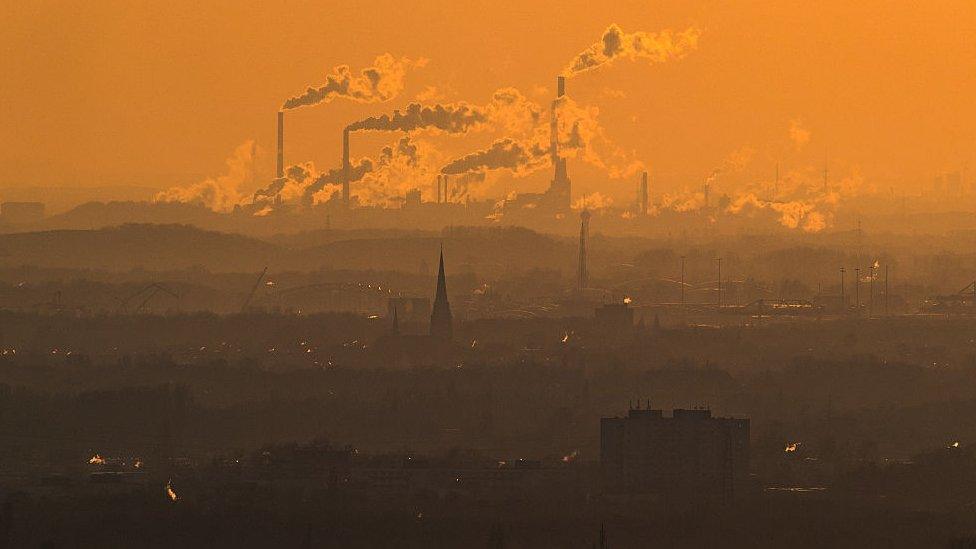
Nkosilathi Nyathi, a young climate campaigner from Zimbabwe, said: "The subject of climate change is very personal to me. In fact it's more than a subject. I live climate change. I come from an agricultural-based society. Due to the unpredictability and uncertainty of these weather patterns, we are struggling to decide which crops to grow.
"Some have even resolved to planting small grain crops. However, if the weather continues like this, it could lead to a serious food crisis in my community.''
Unicef's Henrietta Fore added: "While no child is responsible for rising global temperatures, they will pay the highest costs. The children from countries least responsible will suffer most of all...But there is still time to act.
"Improving children's access to essential services, such as water and sanitation, health, and education, can significantly increase their ability to survive these climate hazards."
I have such vivid memories of doing my homework by the candlelight as typhoons raged outside, wiping out electricity. Growing up, being afraid of drowning in my own bedroom as I would wake up to a flooded room. And my story is already such a privileged one.
What can be done to help?
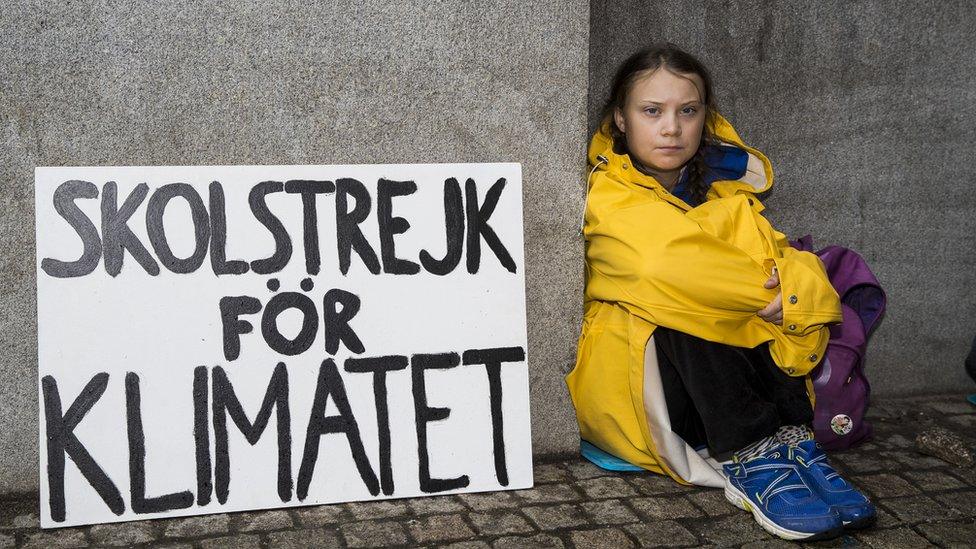
Greta Thunberg started the school strike movement
Unicef wants governments and businesses to listen to children.
It says young people should be included in all national, regional and international climate-related decision making, including at Cop26 - a big meeting taking place in November when world leaders will come together to discuss how to deal with climate change.
This report has come out on the third anniversary of Fridays for Future - the school strike movement which has seen thousands of children across the world walking out of school to call for more to be done to tackle climate change.
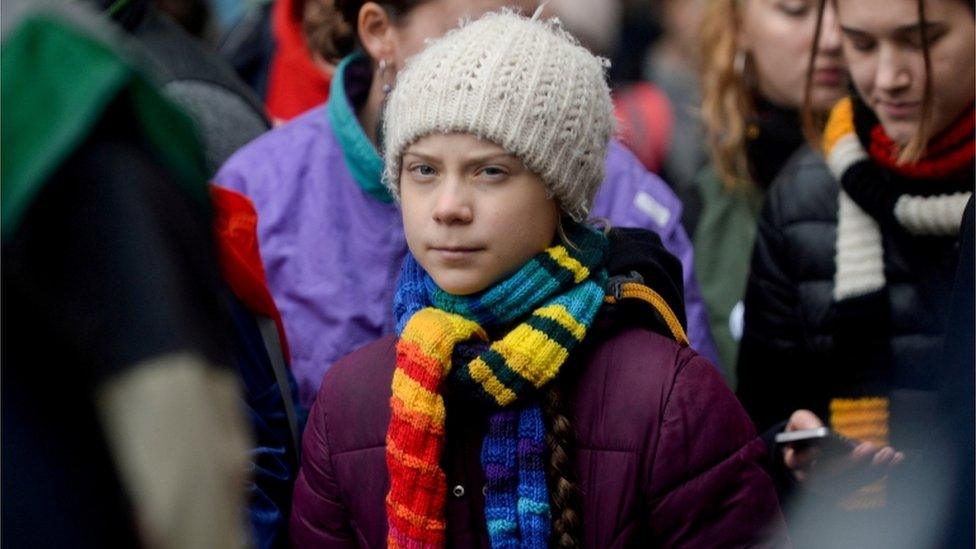
It was teenage activist Greta Thunberg who started the campaign and she was also there when the UN report was released. She wants action to be taken at Cop26.
In order to really change things and to find solutions to the actual climate crisis, not just to the symptoms of the climate crisis, we need to go to the root of the climate crisis and we need to treat it as a crisis
"And unless the people in power are willing to do that now in COP, then it will just continue like now. And we, we unfortunately don't expect them to do that or at least I don't expect them to do that, but I would be more than happy if they could prove me wrong," she said as the report was published.
Unicef is also asking governments and those in charge to prioritise actions which will reduce emissions, and to put more money into things which will help the world adapt and cope with the impacts of climate change.
It also wants children to have climate education and the chance to develop green skills to help them prepare for the effects of climate change.
- Published3 March 2020
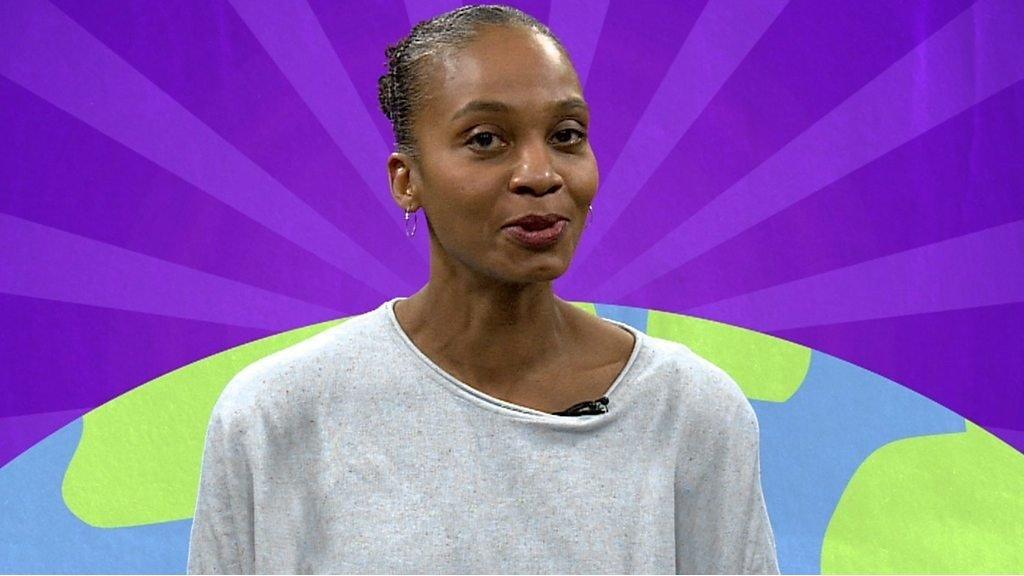
- Published14 August 2021
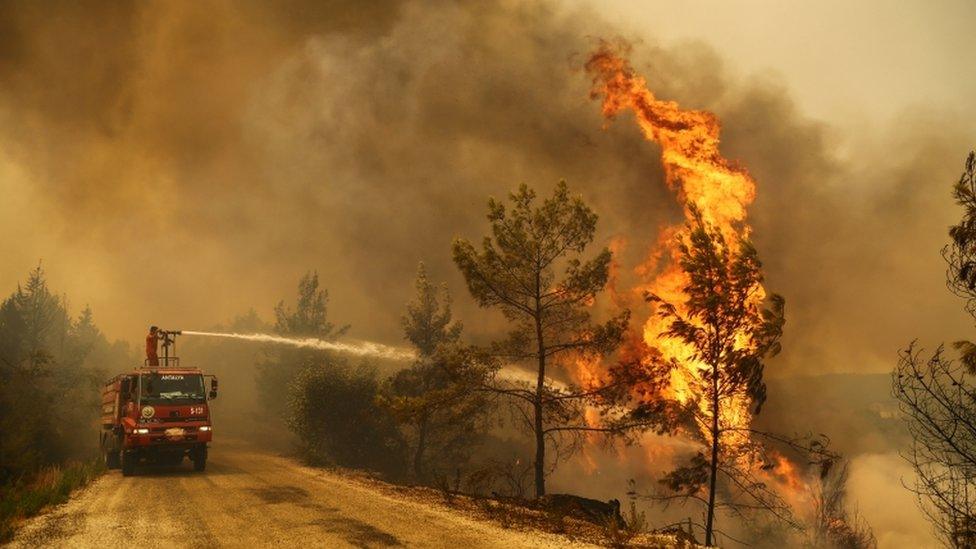
- Published9 August 2021
